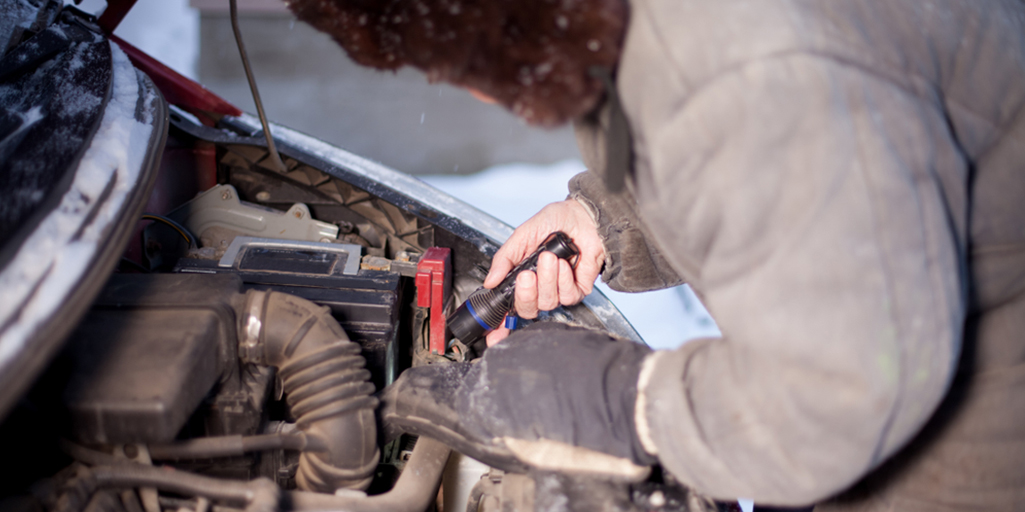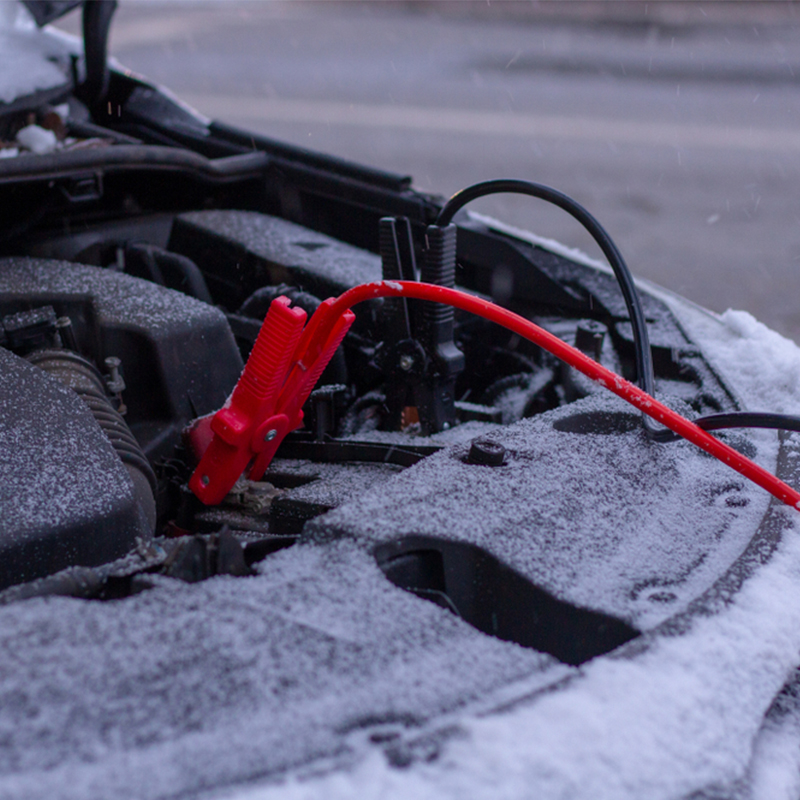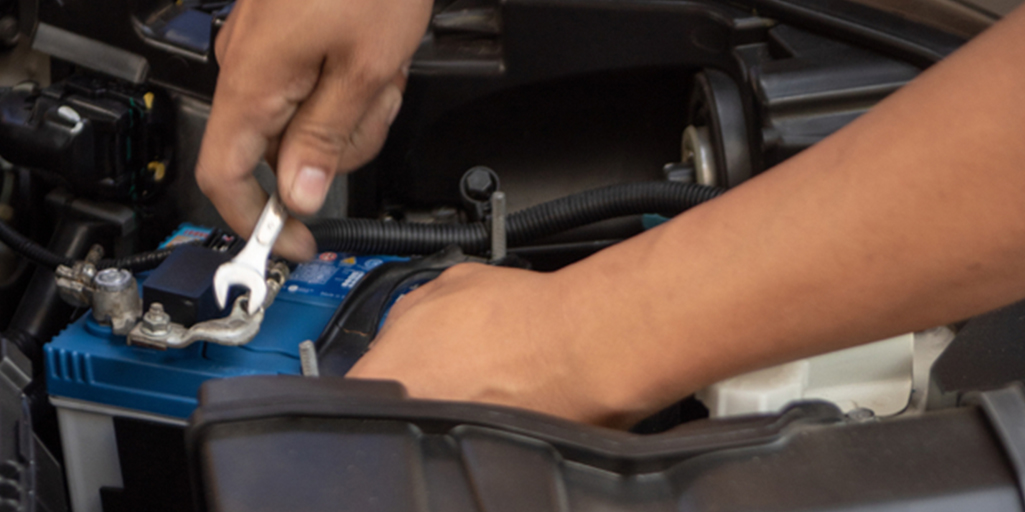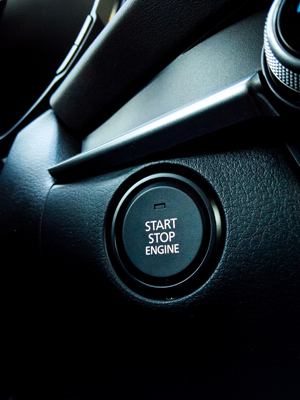“…if you can leave it under cover, in an indoor parking lot, it’s better than on the street.”
In this season, when it is freezing cold but daily mobility remains unstoppable, one of the universal worries for car owners is trying to start the car and the car not responding. And now what? The battery light turns on, that unknown acquaintance, and we are left with no power.
Here is the typical cause of this fairly common setback, which can be mitigated by taking into account some key notions. Better to listen to experienced voices than to follow the advice of your brother-in-law, who may have just explained to you how to win the World Cup, how to solve the problem of inflation, which cryptocurrency will make you rich and why your car doesn’t work, which, besides, he probably warned you about days ago.
Joking aside, how long do batteries last, and how can you optimize their use to save time, money and trouble? Raúl González, founding partner of MP3 Automoción, a communication platform for the automotive and mobility sector, is committed to prevention: “Ideally, what most manufacturers recommend is to visit your trusted mechanic to check the battery and other wear and tear components before the cold weather sets in. But, for the more absent-minded, there are a number of signs that can alert you that it’s time to pay a visit to the mechanic. Signs such as more than two years having passed since the last service, the battery being more than four years old or the Start-Stop system not working at traffic lights.”
And, of course, the starkest evidence: “The car won’t start on the first try,” he says. His suggestion? “It is important to fit the battery that best suits the energy consumption needs of your vehicle. And to avoid, as far as possible, drastic and sustained temperature changes when the car is stationary. In other words, if you can leave it under cover, in an indoor parking lot, it’s better than on the street.”

A matter of physics and a lot of chemistry!
Experts say that, on average, car batteries usually last about five years if conditions are good, but obviously there are other factors. This is not an exact science, of course. The only irrefutable truth about this essential element responsible for supplying electricity to the car is that “it doesn’t like extreme temperatures.” “Chemical reactions take place inside it that are particularly sensitive to external environmental conditions, especially changes in temperature. And we were taught in high school chemistry classes that temperature can change the speed of a chemical reaction,” explains Raúl González.
But let’s get down to facts. Let’s take a notebook and a pen. In the case of a 12-volt battery, those that equip automobiles, the optimum temperature for its chemical reactions to be adequate is 20 degrees Celsius. In other words, it will deteriorate if it is above or below this figure. “We tend to think that batteries break down more in winter, but, in fact, it is not a question related to the drop in ambient temperature because the damage also occurs when it rises a lot,” the expert points out.
Conclusion: spring is the best season for batteries.



If those ideal 20 degrees fluctuate up or down, the chemical reaction does too: it does so twice as fast if the thermometer rises by 10 degrees (and reads 30 °C) and four times as fast if the temperature reaches 40 °C, so that the battery ages rapidly. The grid suffers increased corrosion in the summer period, which negatively affects performance. Yes, both extreme heat and polar cold become pernicious. Because, to recap, this is what happens in winter: “On the one hand, the outside temperatures fall well below those 20 degrees in which the chemical reactions of the batteries flow perfectly. On the other hand, with the arrival of cold weather, the battery needs to provide an extra supply of energy to start the engine at low temperatures,” says Raúl González, who is also creator of the Somos Movilidad initiative. And it is in this context that, with all the electronic systems – which are becoming more and more widespread – and the heating on to make driving more comfortable, batteries begin to fail more in those months of warm coats and scarves. Climate moderation, then, is the best ally.
On the specialized website ITV.com, a name that evokes the Technical Vehicle Inspection carried out in Spain, they emphasize these key elements to keep in mind and the vital importance of maintaining the battery, checking it periodically and disconnecting it if it is going to be out of use for a long period of time.
They also mention the clamp method – the help of another car is needed – to recharge a dead battery and the typical push start in neutral. But they do not recommend it, for the record. If the battery touches the ground, it must be replaced. An outlay – not very large, fortunately – that can be avoided with good driving practices. Yes, with a little more care and attention to the battery, that old and unknown acquaintance.